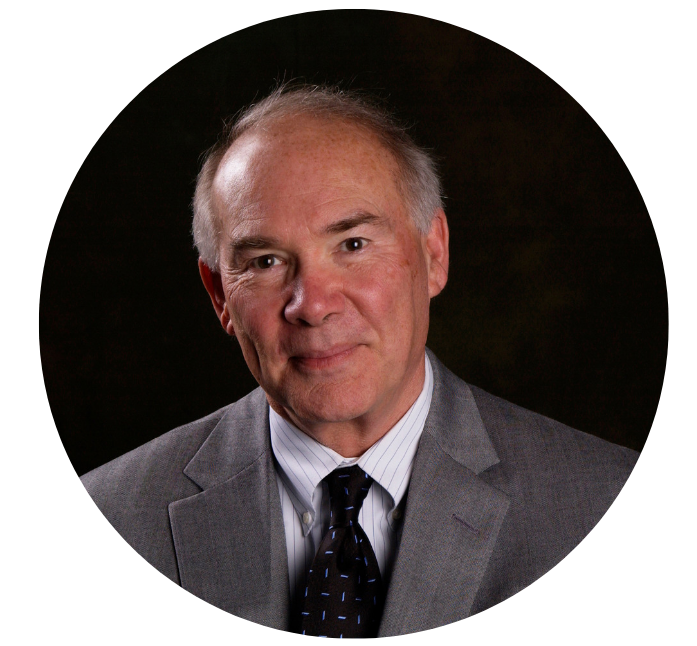As demand for renewables grows, we need a big increase in transmission capacity.

Utility planners must look deep into the future as they plan, finance, and build 50-year assets. And yet, the future is uncertain. It’s a bit of a dilemma. On the other hand, there are things we know for sure. We know that the demand for carbon-free renewable energy in the wholesale electricity markets is large and growing rapidly. We also know that the kind of infrastructure needed to meet projected market demand for renewable energy is simply not there, nor is there a plan for the development of those assets.
According to the regional grid planning authority, the Midcontinent Independent System Operator (MISO), the projected demand for renewable energy in the wholesale market in 2030, based on existing commitments of utilities, corporations, and public policy goals, is estimated at 30 percent of total energy. MISO is currently at about 8 percent. According to MISO reaching 30 percent means integrating 69,000 megawatts (or 69 gigawatts) of renewable energy into the grid. For a market that peaks at around 130 gigawatts (GW), that’s a big number. Currently, there are approximately 19 GW of renewable energy up and running, so there’s a long way to go. In fact, it’s a 50 GW gap.
The demand for clean energy is increasing daily. Ecolab just announced it would cut its carbon emissions 50 percent by 2030. A week earlier Cargill announced a 30 percent reduction in the next decade. 3M announced earlier this year it would source 50 percent of its electricity from carbon-free sources by 2025. Those are just a few examples of reports that are appearing regularly in the press and it means that actual demand for renewable energy is growing ever faster and will actually be much greater than 30 percent by 2030. These corporations and other electricity customers demanding carbon-free electricity will be surprised and disappointed when they learn transmission capacity, key to integrating renewable energy into the grid, is already at its limit, and further, there is no plan for adding new capacity in our region.
MISO stakeholders have been at an impasse for several years and haven’t even been able to agree on what “futures” to study. Futures are scenarios that give MISO and its stakeholders a way of planning infrastructure investments given different assumptions about electricity growth, market trends, and the amounts and types of electricity generation in the future. This impasse is a central reason there is no plan at MISO for transmission infrastructure development in our region.
There are some signs of recognition of a market problem by MISO and the utilities. Given the situation, MISO recently proposed three new “straw man futures” or scenarios that anticipate rapidly rising demand for renewable energy. It was a start at least, but MISO is already backing off on the scenarios because of pushback from some stakeholders.
Another development is that a subgroup of MISO utilities has announced a study, called CapX2050, that will address the operational issues they will face as the system adds more and more wind and solar resources in the mix. See http://capx2020.com/. Further, there is a growing recognition by some of the largest MISO transmission utilities that major investments are in the future.
While these signs that MISO is recognizing the problem of no market access for renewable energy developers are promising, they do not even approach the scope and urgency demanded by the situation.
The formation of MISO in 1999 was a historic step for our region, consolidating the grid planning and operations of many utilities while creating a liquid, efficient wholesale market from scratch. That market has saved consumers billions of dollars while successfully integrating 19 GW of clean and cheap renewable energy. It’s been a real success story. But carrying that great legacy forward right now is in question. Bold leadership and action are required by MISO and its stakeholders to plan for the future we all know is coming.
Fresh Energy is committed to ambitious action to speed the transition to a clean energy economy. Will Kaul, our clean energy transmission consultant, has nearly four decades of professional energy experience and provided crucial leadership on CapX2020, a collaboration of 11 utilities that jointly planned and built a $2.1 billion, 800-mile expansion of the high voltage electric grid serving a large region in the Upper Midwest. We are proud of our work to secure that first round of infrastructure, but it’s not enough. Will, Fresh Energy, and our partners are now working to secure the new investments we need to drive innovation and unlock the full potential of wind and solar in Minnesota and the Midwest.
